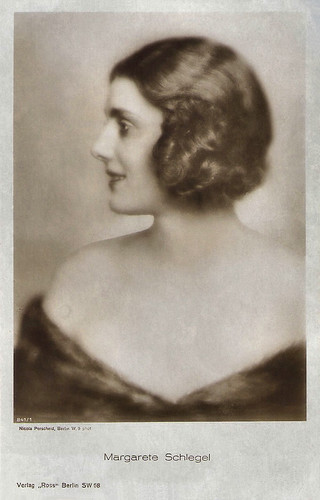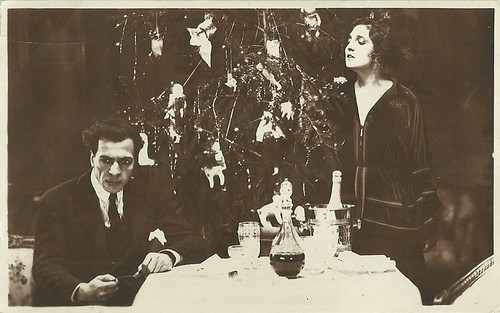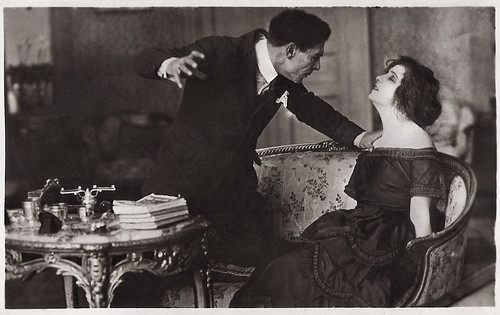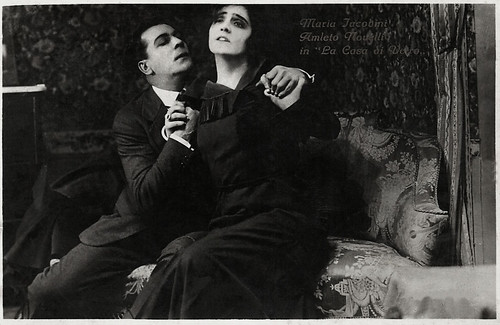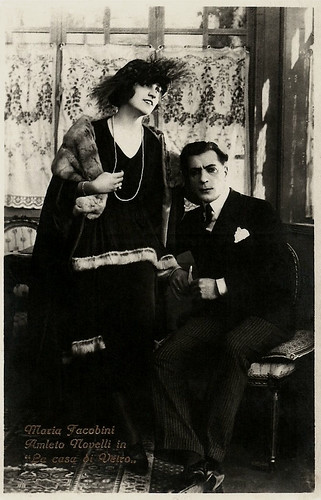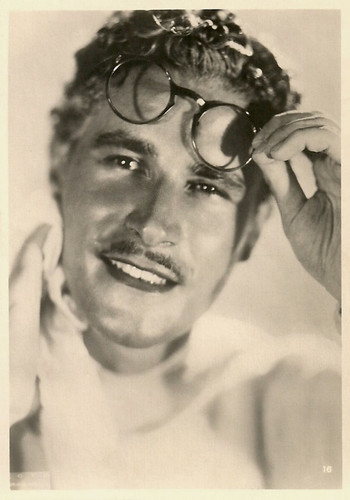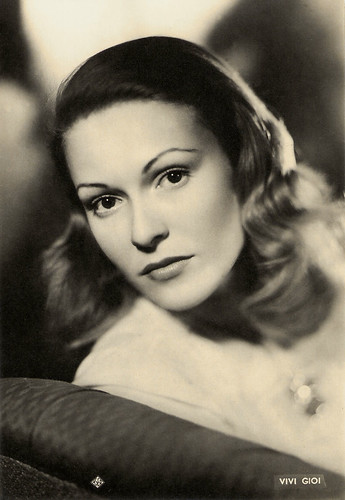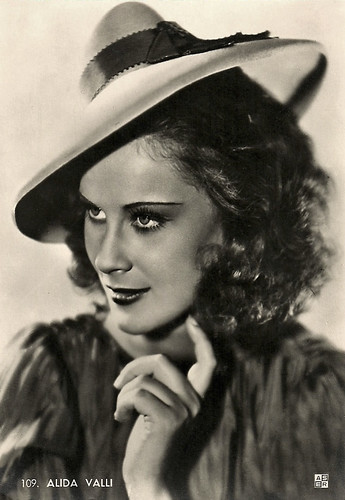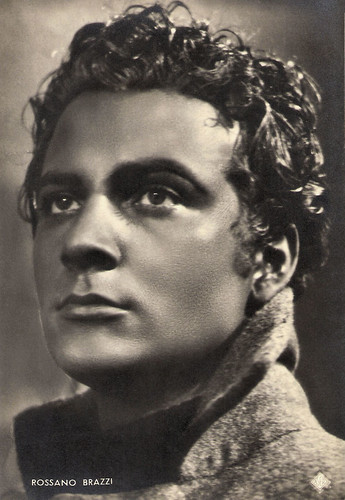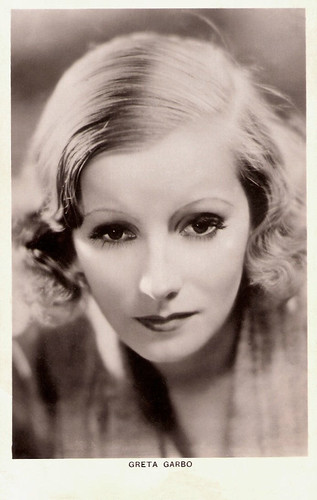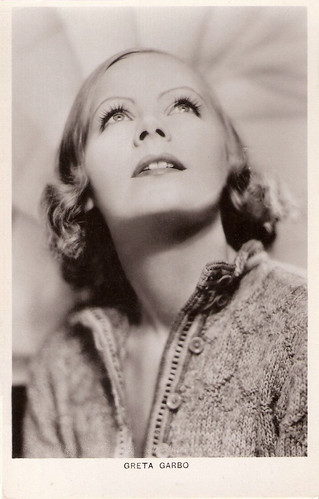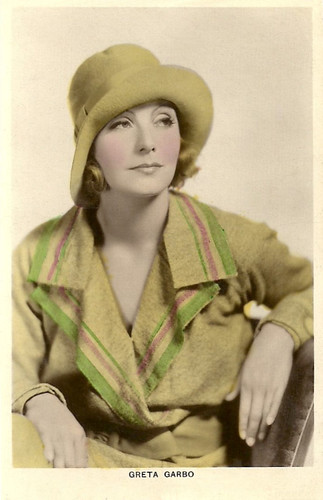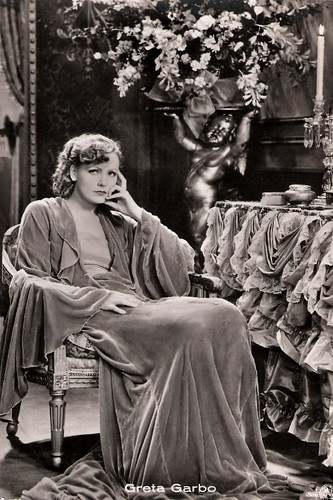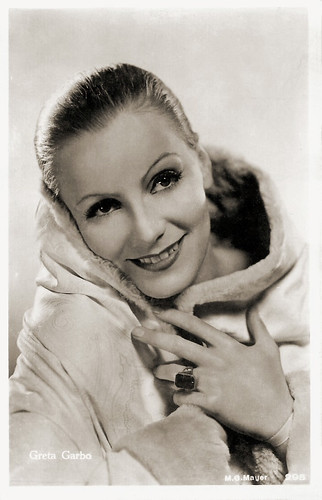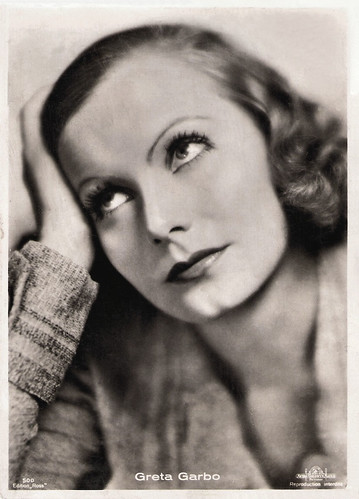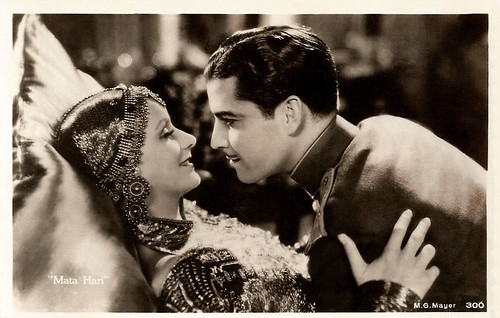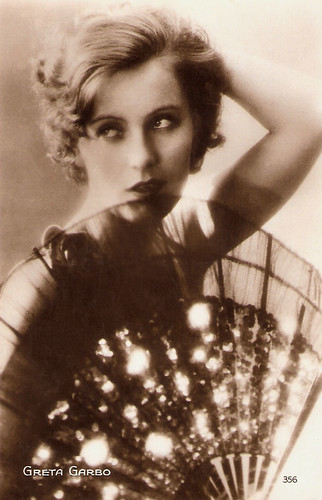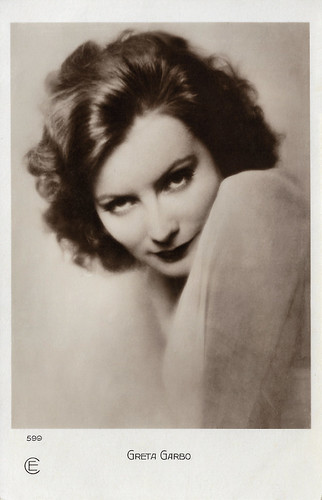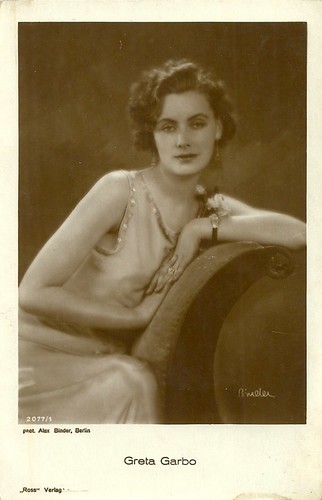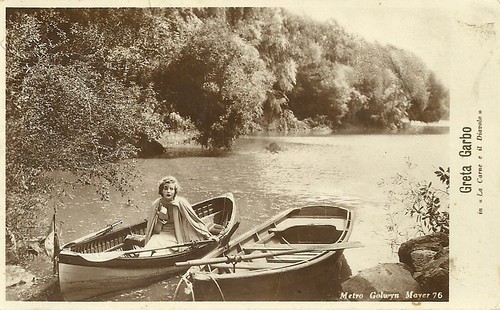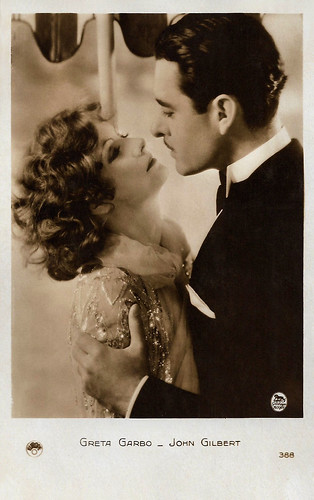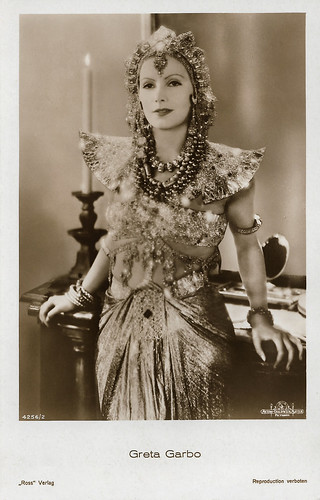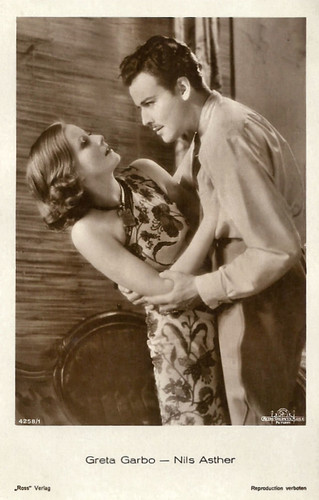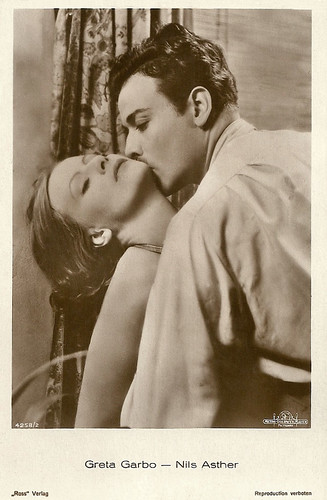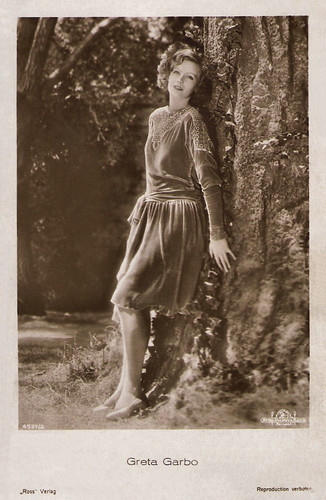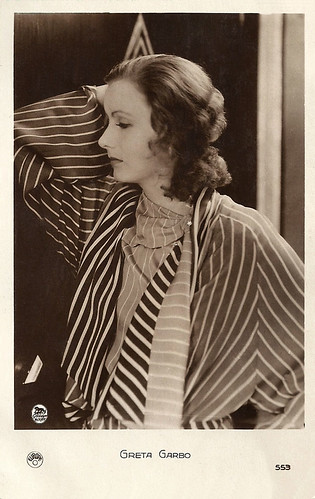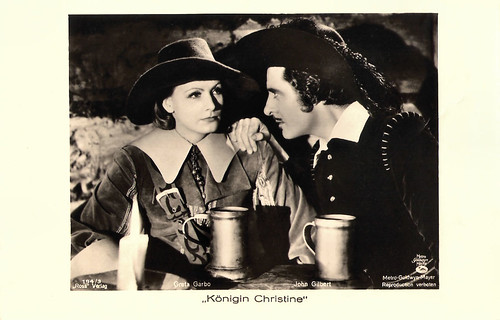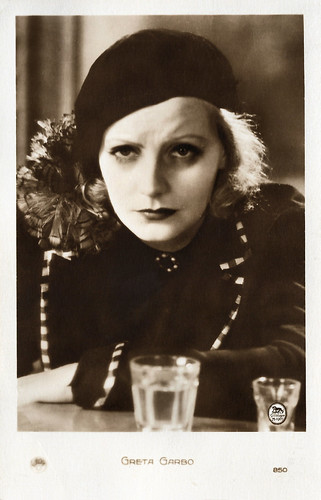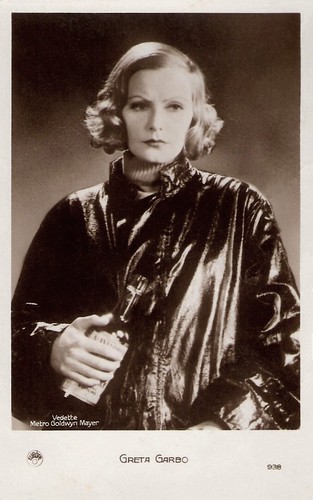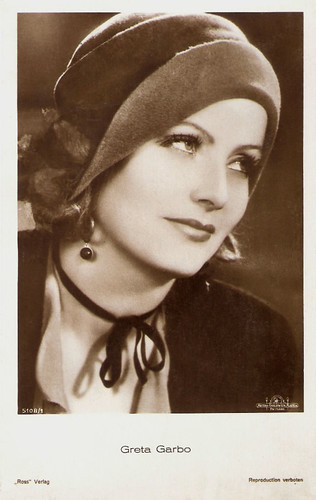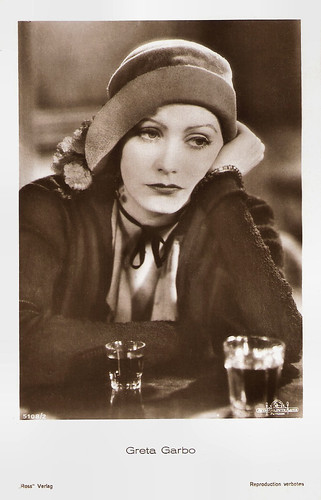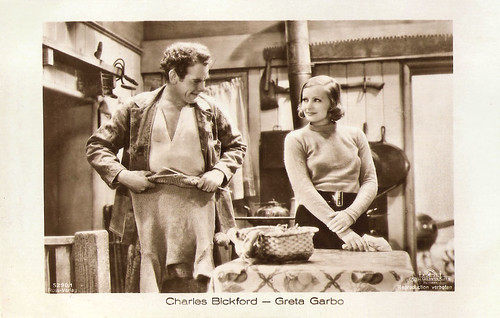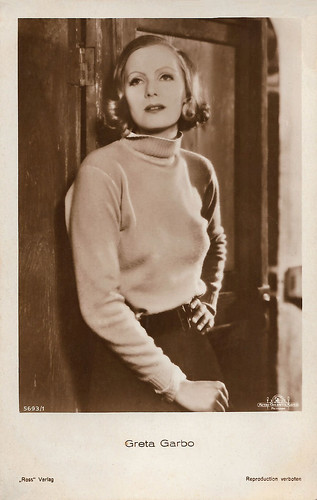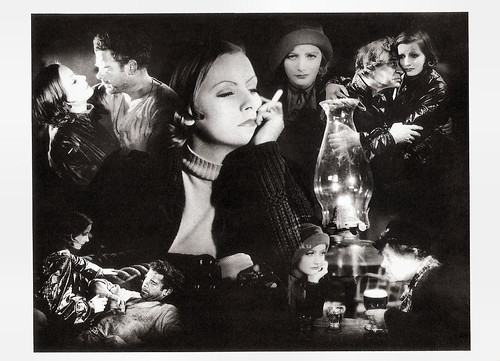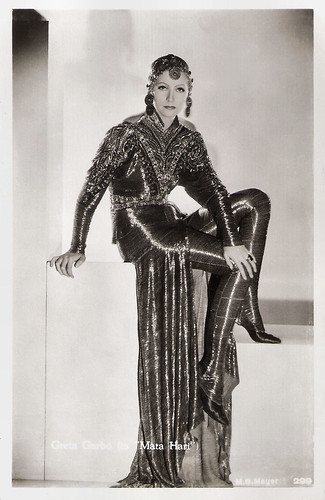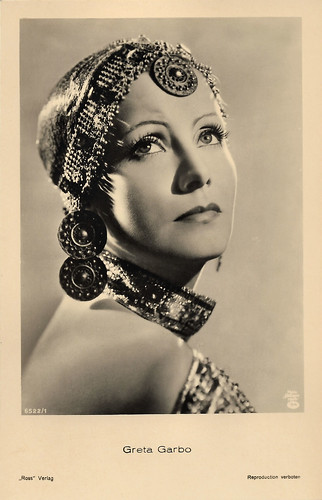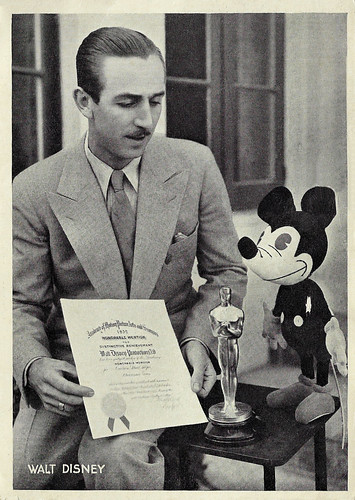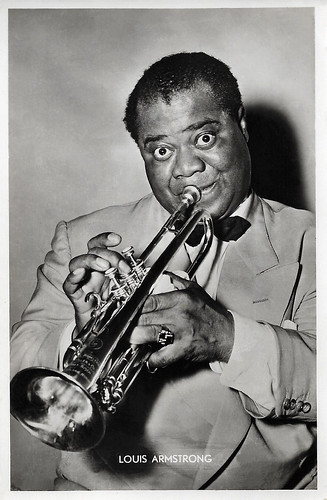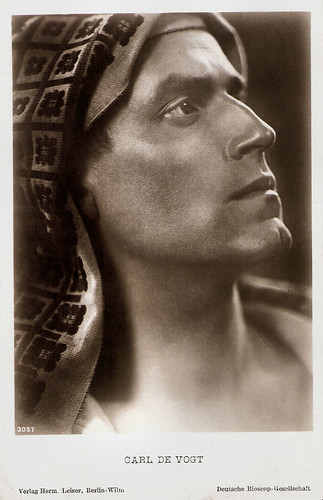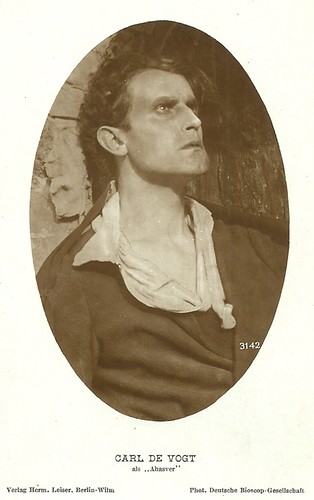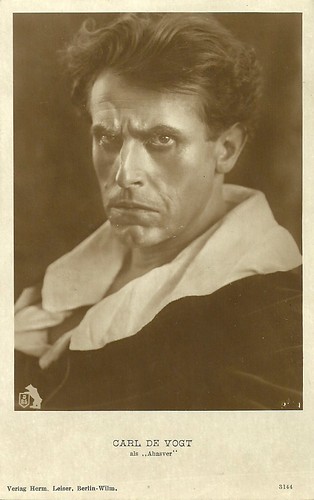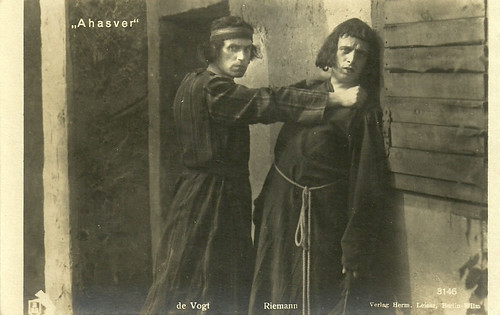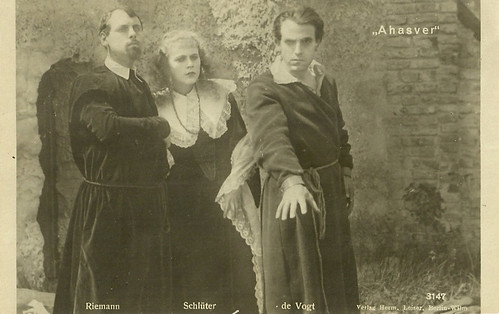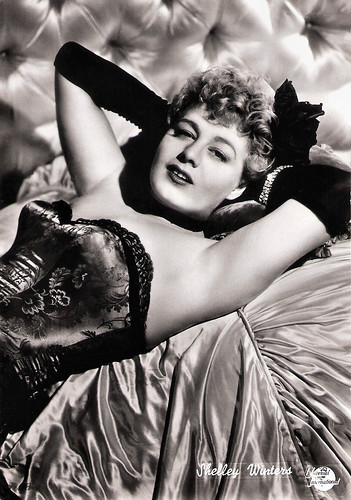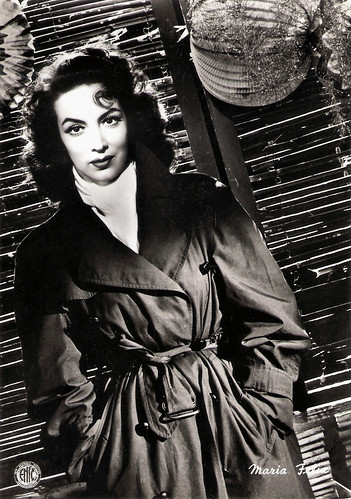Lana Morris (1930-1998) was a stylish and gifted British actress who appeared in films during the late 1940s and 1950s and continued her career on stage and television. She is best known for her two comedies with Norman Wisdom, Trouble in Store (1953) and Man of the Moment (1955).
![Lana Morris]()
British postcard by F.S., no. 26. Caption: "Provocative Lana Morris who plays the frivolous and fascinating Bouncey Bunnington in Two Cities Gaiety Girl comedy Trottie True."
Lana Morris was born Averil Maureen Anita Morris in Ruislip, England, in 1930.
She made her stage debut as a dancer in A Midsummer Night's Dream at the Open Air Theatre in Regent's Park, London. She changed her name to Lana Morris shortly before film producer Herbert Wilcox cast her as a cockney maid in the smash hit Spring in Park Lane (Herbert Wilcox, 1948) with Anna Neagle.
In 1948 she appeared in the British comedy It's Hard to Be Good (Jeffrey Dell, 1948) with Jimmy Hanley and Anne Crawford. Supporting parts followed in such films as the popular drama The Weaker Sex (Roy Ward Baker, 1948) with Ursula Jeans, the musical comedy film Trottie True (Brian Desmond Hurst, 1949) starring Jean Kent, and the comedy The Chiltern Hundreds (John Paddy Carstairs, 1949) with Cecil Parker and Davd Tomlinson.
In 1950 she appeared in the West End in the farce Don't Lose Your Head. During the 1950s followed supporting roles in the historical drama The Reluctant Widow (Bernard Knowles, 1950) starring Jean Kent, and the British-Italian drama A Tale of Five Cities (1951) directed by Romolo Marcellini and five other directors. The five cities cited in the title are: Rome, Paris, Berlin, London, and Vienna.
She was the love interest of Norman Wisdom in the box-office hit Trouble in Store (John Paddy Carstairs, 1953). For his cinema debut as a department store clerk, Wisdom won a BAFTA Award for Most Promising Newcomer. The film was the second most popular at the British box office in 1954. First was Doctor in the House (Ralph Thomas, 1954) with Dirk Bogarde.
She reunited with Wisdom for Man of the Moment (John Paddy Carstairs, 1955), also with Belinda Lee. Morris also appeared in several low budget crime films, such as No Trees in the Street (J. Lee Thompson, 1959) with Sylvia Sims.
![Lana Morris]()
Dutch card. Photo: Eagle Lion.
![Lana Morris]()
Dutch card. Photo: Eagle Lion.
During the 1960s, Lana Morris mainly worked for television. She was a popular television panellist.
Morris worked with Roger Moore in The Saint (1962-1969), appearing on the cover of an early 1960s tie-in reprinting of the novel The Saint in New York.
She played the role of Helene in the popular TV series The Forsyte Saga (David Giles, James Cellan Jones, 1967), based on of John Galsworthy's series of The Forsyte Saga novels.
Back on stage in 1967 she co-starred with Gladys Cooper in Wait Until Dark and other West End hits included Play On With Love (1970) and the long running comedy Move Over, Mrs Markham (1971) in which she appeared with Moira Lister and Cicely Courtneidge.
In 1969, she appeared in her final film, the thriller I start counting (David Greene, 1970) with Jenny Agutter. In 1978 she starred in Shut Your Eyes and Think of England and in 1983 she took over from Judi Dench in the touring production of Pack of Lies.
From 1953 to 1978 (his death), she was married to the BBC executive Ronnie Waldman. While appearing in the TV program, Kaleidoscope, she had met Waldman, who went on to become the head of BBC Light Entertainment.
During the 1980s she returned to television in programs such as Howards Way and Inspector Morse.
In 1998, Lana Morris died of a heart attack in Windsor, Berkshire aged 68 and was survived by her son. Prior to her sudden death she had completed just one performance of the play Dangerous to Know at the Theatre Royal, Windsor, in which she had appeared with Michael Praed and Rula Lenska. An understudy was found at short notice and an announcement was made before the curtain on the second night by producer Bill Kenright.
![Lana Morris]()
Belgian collectors card, no. 64. Photo: Gaumont Eagle-Lion.
Sources: Wikipedia and IMDb.

British postcard by F.S., no. 26. Caption: "Provocative Lana Morris who plays the frivolous and fascinating Bouncey Bunnington in Two Cities Gaiety Girl comedy Trottie True."
Love interest
Lana Morris was born Averil Maureen Anita Morris in Ruislip, England, in 1930.
She made her stage debut as a dancer in A Midsummer Night's Dream at the Open Air Theatre in Regent's Park, London. She changed her name to Lana Morris shortly before film producer Herbert Wilcox cast her as a cockney maid in the smash hit Spring in Park Lane (Herbert Wilcox, 1948) with Anna Neagle.
In 1948 she appeared in the British comedy It's Hard to Be Good (Jeffrey Dell, 1948) with Jimmy Hanley and Anne Crawford. Supporting parts followed in such films as the popular drama The Weaker Sex (Roy Ward Baker, 1948) with Ursula Jeans, the musical comedy film Trottie True (Brian Desmond Hurst, 1949) starring Jean Kent, and the comedy The Chiltern Hundreds (John Paddy Carstairs, 1949) with Cecil Parker and Davd Tomlinson.
In 1950 she appeared in the West End in the farce Don't Lose Your Head. During the 1950s followed supporting roles in the historical drama The Reluctant Widow (Bernard Knowles, 1950) starring Jean Kent, and the British-Italian drama A Tale of Five Cities (1951) directed by Romolo Marcellini and five other directors. The five cities cited in the title are: Rome, Paris, Berlin, London, and Vienna.
She was the love interest of Norman Wisdom in the box-office hit Trouble in Store (John Paddy Carstairs, 1953). For his cinema debut as a department store clerk, Wisdom won a BAFTA Award for Most Promising Newcomer. The film was the second most popular at the British box office in 1954. First was Doctor in the House (Ralph Thomas, 1954) with Dirk Bogarde.
She reunited with Wisdom for Man of the Moment (John Paddy Carstairs, 1955), also with Belinda Lee. Morris also appeared in several low budget crime films, such as No Trees in the Street (J. Lee Thompson, 1959) with Sylvia Sims.

Dutch card. Photo: Eagle Lion.

Dutch card. Photo: Eagle Lion.
Shut Your Eyes and Think of England
During the 1960s, Lana Morris mainly worked for television. She was a popular television panellist.
Morris worked with Roger Moore in The Saint (1962-1969), appearing on the cover of an early 1960s tie-in reprinting of the novel The Saint in New York.
She played the role of Helene in the popular TV series The Forsyte Saga (David Giles, James Cellan Jones, 1967), based on of John Galsworthy's series of The Forsyte Saga novels.
Back on stage in 1967 she co-starred with Gladys Cooper in Wait Until Dark and other West End hits included Play On With Love (1970) and the long running comedy Move Over, Mrs Markham (1971) in which she appeared with Moira Lister and Cicely Courtneidge.
In 1969, she appeared in her final film, the thriller I start counting (David Greene, 1970) with Jenny Agutter. In 1978 she starred in Shut Your Eyes and Think of England and in 1983 she took over from Judi Dench in the touring production of Pack of Lies.
From 1953 to 1978 (his death), she was married to the BBC executive Ronnie Waldman. While appearing in the TV program, Kaleidoscope, she had met Waldman, who went on to become the head of BBC Light Entertainment.
During the 1980s she returned to television in programs such as Howards Way and Inspector Morse.
In 1998, Lana Morris died of a heart attack in Windsor, Berkshire aged 68 and was survived by her son. Prior to her sudden death she had completed just one performance of the play Dangerous to Know at the Theatre Royal, Windsor, in which she had appeared with Michael Praed and Rula Lenska. An understudy was found at short notice and an announcement was made before the curtain on the second night by producer Bill Kenright.

Belgian collectors card, no. 64. Photo: Gaumont Eagle-Lion.
Sources: Wikipedia and IMDb.
